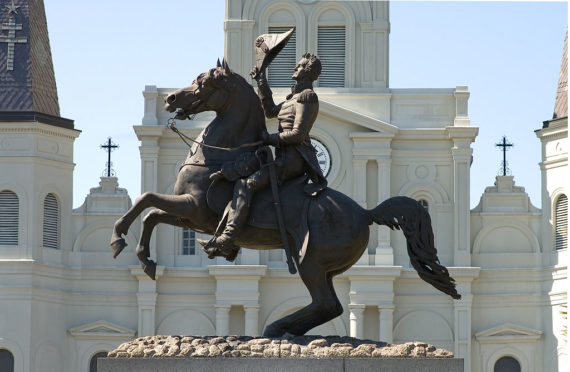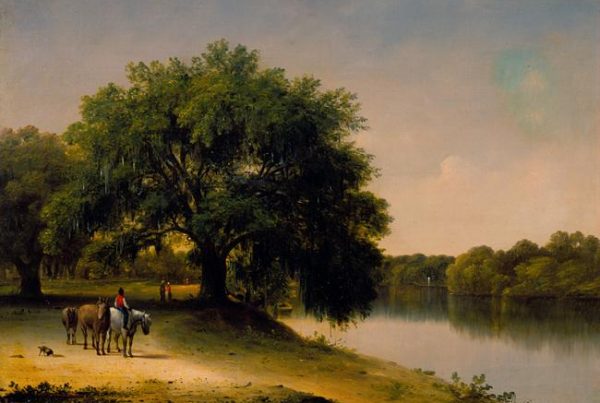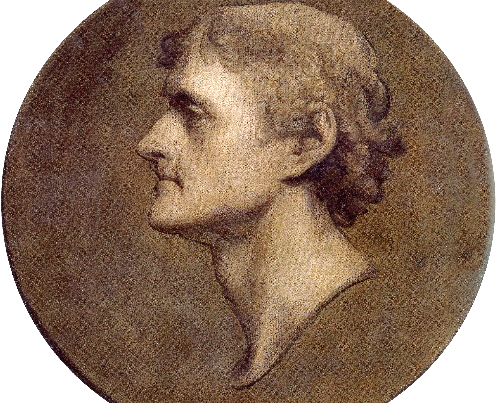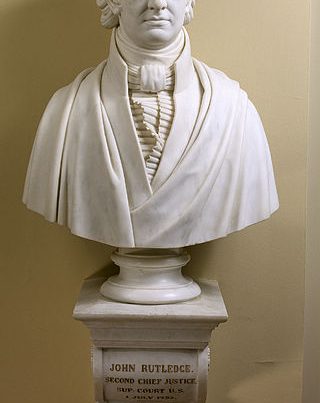When you read about the worst cities in the United States you’ll find that they all share a common characteristic: each has been under Democratic leadership for decades. Most of you have read horror stories about some of these cities; Detroit, Cleveland, Birmingham, St. Louis, and New Orleans. In many ways, the deterioration of these cities is a microcosm of what’s gone wrong with our nation.
As the 1970s drew to a close, I decided to move to New Orleans. Media at that time avoided reporting real conditions in the city, so I had no reservations about moving there. Obviously, the celebrated joie de vivre depictions of New Orleans in story and song helped influence my decision. But I didn’t find that New Orleans, “The Big Easy.” Permanent residents experience a different New Orleans from the one experienced by tourists. For new residents “the mythology of New Orleans” soon gives way to “the reality of New Orleans.”
I stopped taking the morning paper because it was constantly stolen off my front porch. A thief broke into my car and stole my CD player. A neighbor lady was mugged and knocked to the ground as she was removing groceries from her car. While waiting at a traffic light, another neighbor lady was also thrown to the ground after being dragged from her vehicle by a carjacker who drove off with her purse and valuables. A middle-aged neighboring couple refused to go anywhere without a loaded handgun for protection. A TV set was stolen from a neighbor’s house while he was at work. I don’t need to recite more incidents because you get the picture. New Orleans was already a crime-ridden city back in the 1970s and in the years since crime has drastically increased.
But news outlets didn’t spend a lot of time reporting on New Orleans crime in those years. It was the heyday of the civil rights movement, so news media focused on that issue only. Consequently, it portrayed Democrat Moon Landrieu as one of the city’s best mayors simply because of his efforts to help minorities. Landrieu did acquire federal funding and implement tourist-related projects, but he left a city without sustaining industry, a stagnating economy, unemployment, poverty, out of wedlock births, families without fathers, and a growing crime epidemic. The truth of the matter is that Landrieu’s predecessor, Victor Schiro, had been a far better mayor.
Mayor Schiro approached problems pragmatically rather than idealistically. He integrated the schools peacefully and kept the city free from racial disturbances experienced by other cities. Schiro’s improvements to the city surpassed Landrieu’s. The accomplishments attributed to Landrieu were essentially symbolic whereas Schiro’s accomplishments were substantive. It is disappointing that local media hasn’t given Victor Schiro the respect he deserves.
Democratic mayors following Moon Landrieu were also mediocre, claiming to help minorities while ignoring the festering crime and poverty that was harming minorities. During the two terms of Mayor Ernest Morial, conditions in the city continued to decay. These negative community conditions deteriorated even further during the two terms of Morial’s son, Marc. The mayorship of Ray Nagin also failed to address the unsafe neighborhoods, poverty, unemployment, and general lawlessness plaguing the city. Bribery, money laundering, and other corruption during his administration eventually sent Nagin to prison. In recent years the city has suffered under the ineptitude of Landrieu’s son, Mitch, probably the city’s weakest mayor.
Mitch Landrieu and the City Council, aided by a complaisant media, ignore the proliferating crime and poverty, directing their attention instead to symbolic issues, currently the removal of long-standing Confederate monuments. The NOLA City Council rejected pleas for a city-wide referendum on the removal of these celebrated historical monuments, arrogantly limiting the decision to the council’s seven members. These seven politicos naively believe that removal of these century-old monuments will supposedly make the city better. But other than placating a belligerent local faction, the elimination of these historical monuments will not be beneficial. And, as we’ve learned from previous cultural cleansing campaigns, trashing a historical reminder only gives militant activists temporary satisfaction and once it fades, a new item must soon be targeted for removal.
Activists, including Black Lives Matter, are already demanding the removal of the President Andrew Jackson equestrian statue from its prominent place in the French Quarter. Jackson became one of our country’s heroes when he took a small band of ragtag soldiers and defeated a much larger British force in 1815, saving not only New Orleans but also our new nation, as As President, Andrew Jackson didn’t cater to establishment elites but instead was an advocate for farmers, workers, and common folk. Yet because Jackson owned slaves, which was commonplace and legal during his lifetime, social justice warriors demand that he be regarded as a villain rather than the hero that he was.
Based on the domino effect we’ve witnessed in other city-sanitizing crusades, the illustrious French Quarter Jackson statue will soon come down. But these radical alterations to traditional city features will neither improve the city nor uplift the feelings of its struggling residents. Instead they will lessen the city’s charm and negatively impact tourism, so important to the city’s economy.
Years of Democratic leadership abetted by a sycophantic media have done enormous damage to New Orleans. Still local news media blithely goes along to get along, glossing over the city’s epidemic of violent crimes. As New Orleans is becoming less desirable as a place to visit, the popular 1940s song “Do You Know What It Means To Miss New Orleans” is taking on a new meaning.
This piece was originally printed in the Canada Free Press.







